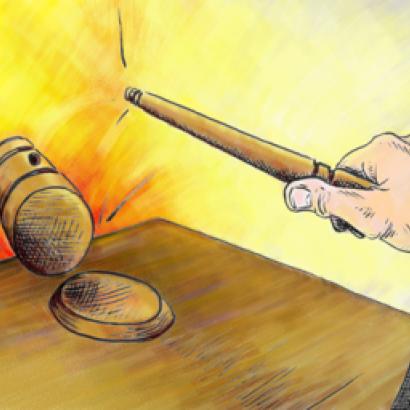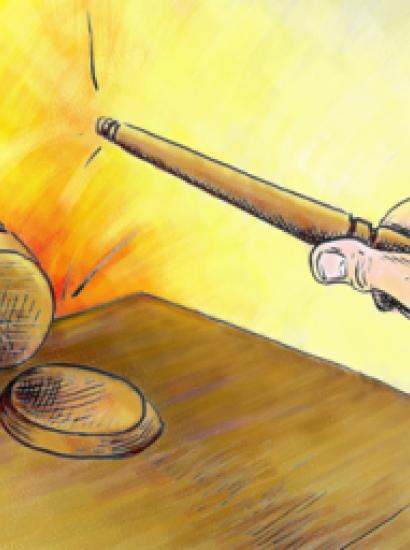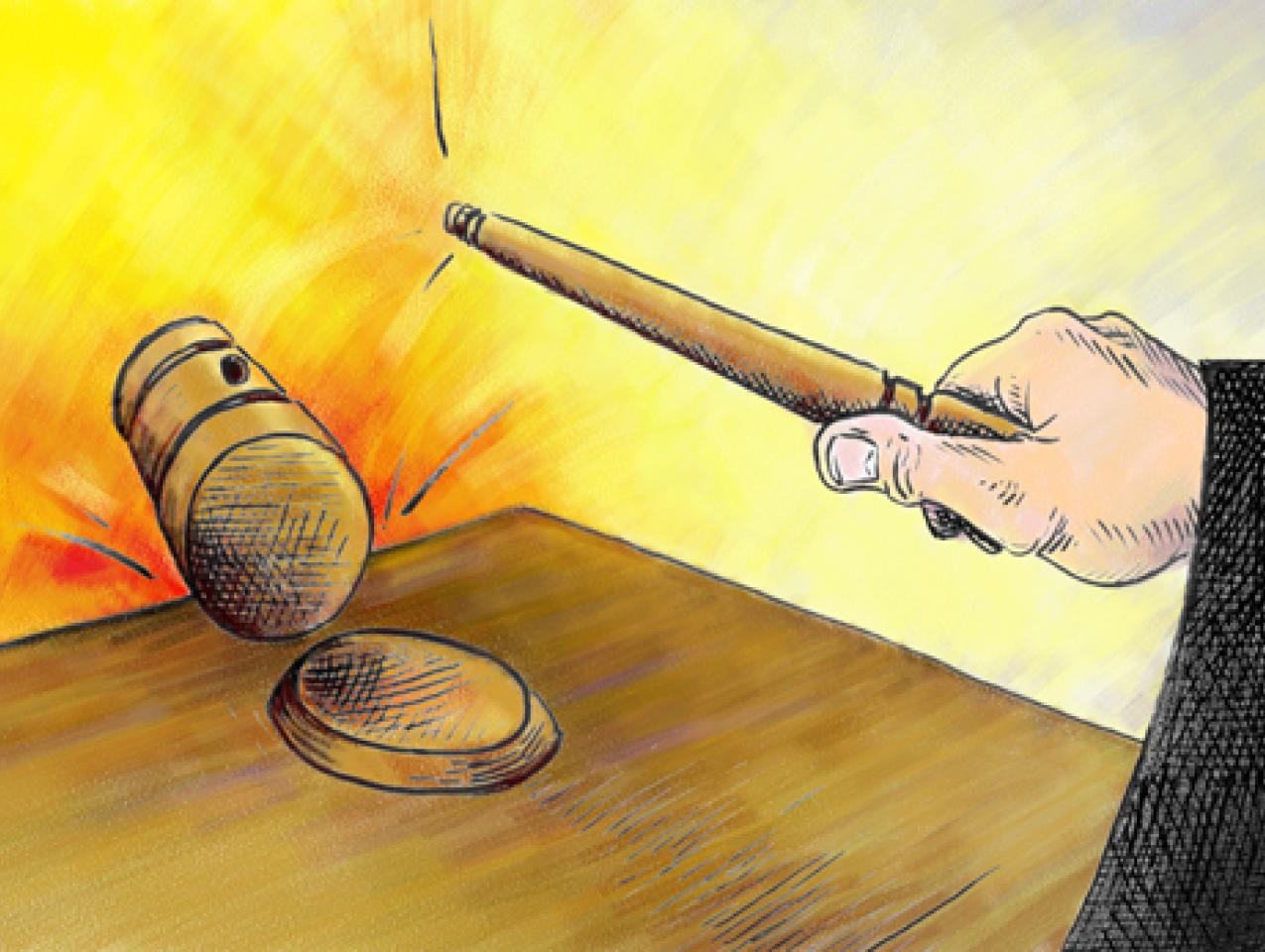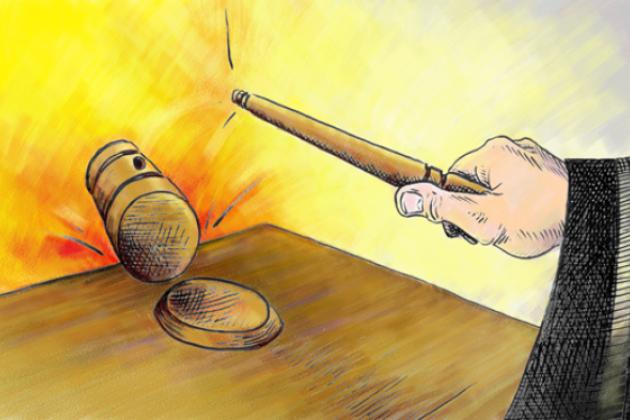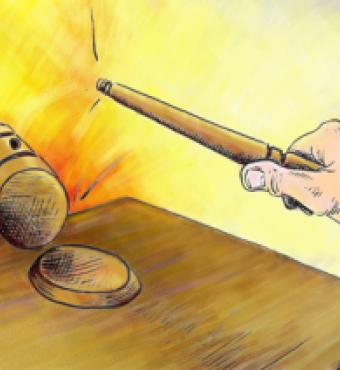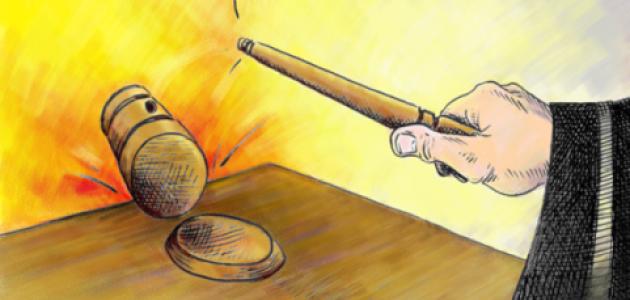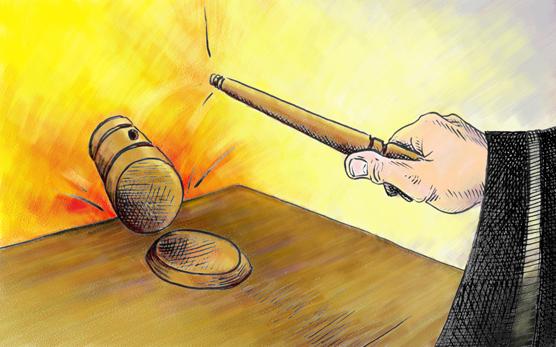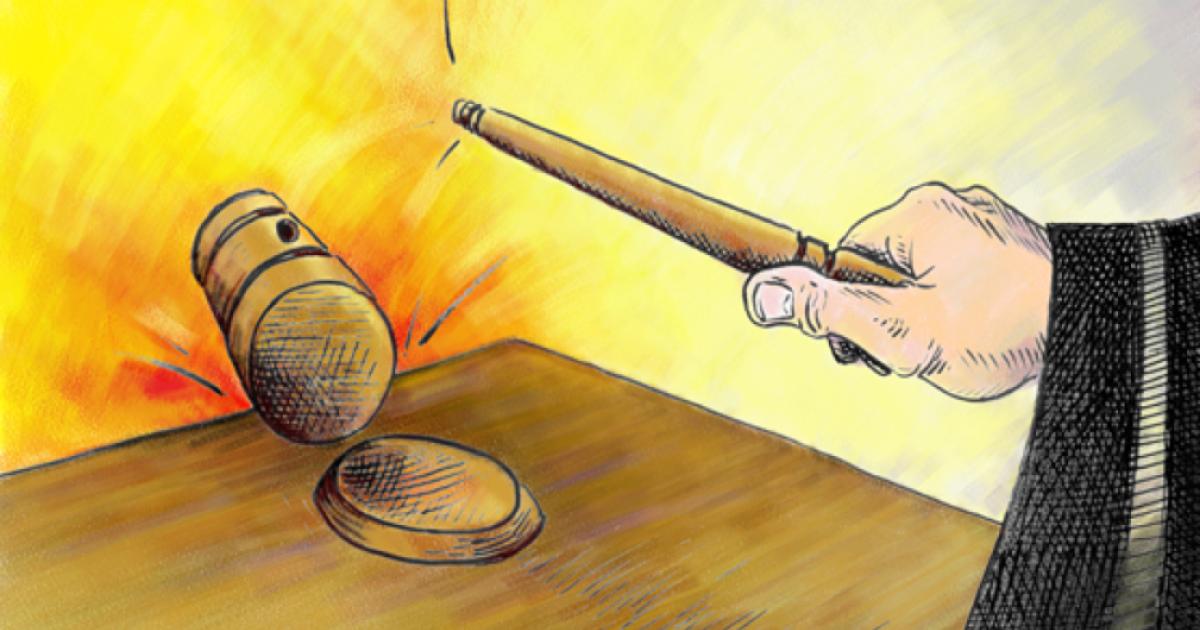- Law & Policy
- Regulation & Property Rights
The Institute for Justice (IJ) has released a new study titled, “Government Unchecked: The False Problem of ‘Judicial Activism’ and the Need for Judicial Engagement.” One of the authors, Clark Neily, published a commentary in The Wall Street Journal summarizing its findings. According to IJ’s accounting, between 1954 and 2003, Congress passed 16,015 laws, only 104 of which were struck down by the Supreme Court. During the same period, state legislatures passed 1,209,075 laws of which 455 were found unconstitutional by the Supreme Court. Rather than paint a picture of judicial activism, the authors conclude that the empirical evidence shows a disengaged judiciary failing to meet its responsibility to protect the liberties of American citizens.
In reaction to the IJ report, Ed Whalen, of National Review Online, lamented “that the good folks at the Institute for Justice . . . continue their misguided campaign against the very real problem of ‘judicial activism.’” Mr. Whalen’s objection is not surprising. It seems that everyone—on both sides of the aisle—loves to hate judicial activism. But the folks at IJ have a point that lovers of liberty, whether on the left or the right, should heed.
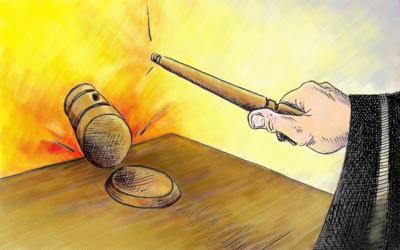
Illustration by Barbara Kelley
Almost twenty years ago I presented a lecture at the Heritage Foundation titled, “A Case for Principled Judicial Activism.” For a mid-day lecture, it drew a pretty good crowd. At the conclusion there was polite applause, but my sense was that only Roger Pilon, a constitutional scholar at the Cato Institute, was in enthusiastic agreement with my thesis.
In a nutshell my thesis was that courts in the United States should be restrained in second guessing legislative and administrative policy decisions, but activist in the protection of liberty and the enforcement of constitutional limits on government power. Many at Heritage were sympathetic with my argument for protecting neglected economic liberties, and for confining Congress to its enumerated powers. But most were also admirers of former Attorney General Ed Meese and Judge Robert Bork, both of whom were staunch critics of “judicial activism.” With Mr. Meese being a resident scholar at Heritage, it seems that few, if any there, had had the temerity to make a case for judicial activism—even if principled.
In the 1980s, conservative objections to judicial activism were rooted in the legacy of the Warren Court. Of course Roe v. Wade, with its unwritten right of privacy, was the poster child of judicial activism, but numerous Supreme Court decisions proclaiming the rights of the accused also ran counter to the conservatives’ law and order agenda for government.
Today, objections to judicial activism are more likely to come from the left. Citizens United v. Federal Election Commission (invalidating, as a violation of the First Amendment, a prohibition on “electioneering communication” by corporations and unions) is condemned for overriding the will of the majority. The possibility of a Supreme Court invalidation of the individual mandate provision of the Patient Protection and Affordable Care Act has liberal commentators sharpening their pencils to attack judicial activism from the Court’s conservative wing, should the law be found unconstitutional.
Government exists, first and foremost, to protect liberty.
From a political perspective, it is not surprising that conservatives and liberals are selective in their condemnation of Supreme Court decisions as judicial activism. In a pragmatic world of whatever-it-takes politics, it would be foolhardy to neglect the courts in advancing one’s agenda. But having done so, it is a bit unseemly to then appeal to higher principle when the courts advance the other side’s political agenda.
The objection to judicial activism is an appeal to higher principles, albeit with mistaken understandings of those principles as they are embedded in the United States Constitution. One principle said to be violated by an activist court is separation of powers. A second is popular sovereignty.
It is said that judicial invalidation of legislative enactments breeches the wall of separation between the three branches of government. But as James Madison wrote in Federalist No. 48, “unless these departments be so far connected and blended, as to give to each a constitutional control over the others, the degree of separation which the maxim requires as essential to a free government, can never in practice, be duly maintained.” In other words, if each branch of government is checked only by itself, there is no check at all.
It falls to the courts, as Chief Justice John Marshall argued in Marbury v. Madison, to decide cases within their jurisdiction, a responsibility requiring the courts to determine what the law is, including the law of the Constitution. The rule of law requires nothing less. Congress’ powers are enumerated in the Constitution to protect against the tendency of government officials, even when democratically elected, to aggregate power to themselves. If in a case properly before the courts, judges have no authority to interpret and enforce the constitutional limitations on Congressional authority, leaving it to Congress to determine those limits, the only real limits will be political. A century of judicial deference to Congressional determination of its own constitutional powers (reflected in the IJ study’s data for the last half century) is testimony to the necessity of active judicial enforcement of the law of the Constitution.
The objection that judicial invalidation of legislative enactments violates the principle of popular sovereignty reflects a fundamental misunderstanding of the relationship between popular sovereignty and democracy, and of the role of democracy under the United States Constitution.
Sovereignty speaks to political power. He, or they, who are sovereign have power. Popular sovereignty derives from liberty—from a rejection of the claim that political power is acquired by force, endowed by divinities, or inherited by lineal descent. Individuals are sovereign unto themselves, but social action is seldom possible under a rule of unanimity respectful of each individual’s sovereignty. So for pragmatic reasons, we settle for majority rule. It is the best we can do in an imperfect world. It is, as Professor Martin Diamond once concluded, the least worst form of government. It is the form of government most likely to be respectful of liberty.
Does judicial activism really violate the principle of sovereignty?
There is no principled argument for democracy beyond that deriving from liberty. Democracy allows individuals a say in social actions affecting them. The registering of a vote is an exercise of individual liberty. What is the principle, independent of liberty, which justifies social decisions by a simple majority? Is there any basis for believing that social decisions arrived at by a majority of all adults will better serve the society than decisions arrived at by a majority of all male adults, or all property owners, or by an elite corps of highly trained experts, or even by a benevolent dictator? Our objection to the latter alternatives is that individuals are excluded from decisions affecting them, not that a decision reached by a majority of all adults will be better in some principled sense. It may be true that tyranny by a majority will burden the liberty of fewer individuals than tyranny by a monarch or dictator, but it is tyranny nonetheless.
Democratic government is not the end of the Constitution. It is one of several means, as is the separation of powers, proposed by the Framers to achieve the end stated in the Declaration of Independence: “Governments are instituted among Men” “to secure” the “unalienable Rights” of “all Men.” The words are reordered, but the meaning is clear. Government exists, first and foremost, to protect liberty—to protect liberty from the depredations of other individuals acting alone and in concert.
The framers of the United States Constitution understood that liberty can be denied as well, or even more effectively, by individuals acting in concert through government as by individuals and groups acting outside the law. In Federalist No. 10, James Madison urged that “a republic . . . offers the cure” for the threat of tyranny of the majority.
But Madison knew that more than a republican form of government was required to safeguard liberty. In Federalist No. 16, he wrote that the success “of a constitution in any degree competent to its own defence, and of a people enlightened enough to distinguish between a legal exercise and an illegal usurpation of authority . . . would require not merely a factious majority in the legislature, but the concurrence of the courts of justice, and of the body of the people.”
Alexander Hamilton was even more to the point in Federalist No. 78 where he wrote that limitations on legislative authority and affirmative guarantees of liberty “can be preserved in practice no other way than through the medium of the courts of justice; whose duty it must be to declare all acts contrary to the manifest tenor of the constitution void. Without this, all the reservations of the particular rights or privileges would amount to nothing.”
A fear of judges who would legislate from the bench is not unwarranted. It happens. But the rogue judge is far more easily restrained than is the legislative majority or the executive official acting in service to powerful political interests at the expense of individual liberty. The appellate process effectively constrains most abuses of judicial power. The only court that is unchecked by the prospect of appeal is the Supreme Court, and the IJ data shows a very low level of Supreme Court activism, understood as the invalidating of legislative actions.
One does not need a study to confirm that state and federal laws and regulations that restrict liberty have multiplied since the New Deal. Nor is a study necessary to confirm that the Supreme Court has been selective in its enforcement of constitutional liberties. The Court has expressly relied on a false distinction between civil and economic liberties, with the latter given far less scrutiny than the former. While the Court explains its restraint with respect to burdens on economic liberties in terms of deference to Congress and to agency expertise, there is absolutely no basis in the Constitution for such a hierarchy of rights.
In light of its mission to seek judicial enforcement of economic liberties, the Institute for Justice’s interest in greater judicial engagement is not surprising. What is surprising, and unfortunate for liberty, is that most advocates of constitutional rights, on both the political left and right, seek judicial action when it serves their constituency, but deride it when the rights of others are at stake.








